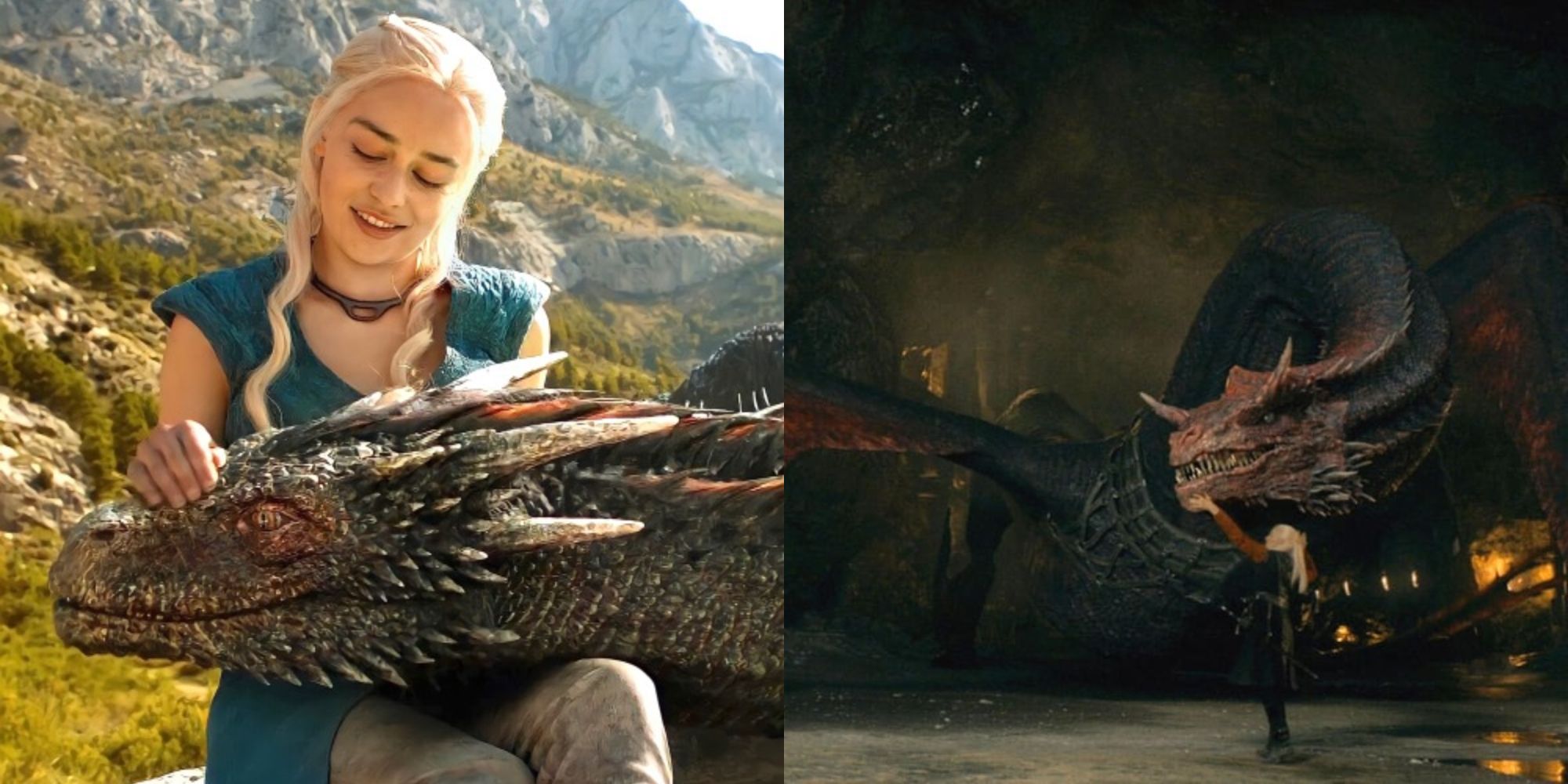Warning: This article contains spoilers for episodes 1-7 of House of the Dragon and the books of George R.R. Martin
House of the Dragon's most recent episode featured an unforgettable scene where Prince Aemond Targaryen bonds with Vhagar, the oldest and largest dragon in the show. These mighty and majestic creatures are the franchise's true stars, but fans barely know anything about them; their origins and nature remain mysterious.
Still, the books reveal several key details about dragons that both House of the Dragon and its predecessor, Game of Thrones, left out. They might seem unnecessary minutia to include, but these bits of lore add further to the dragons' characterization and bond with their riders.
Valyrian Dragonlords Used Magic
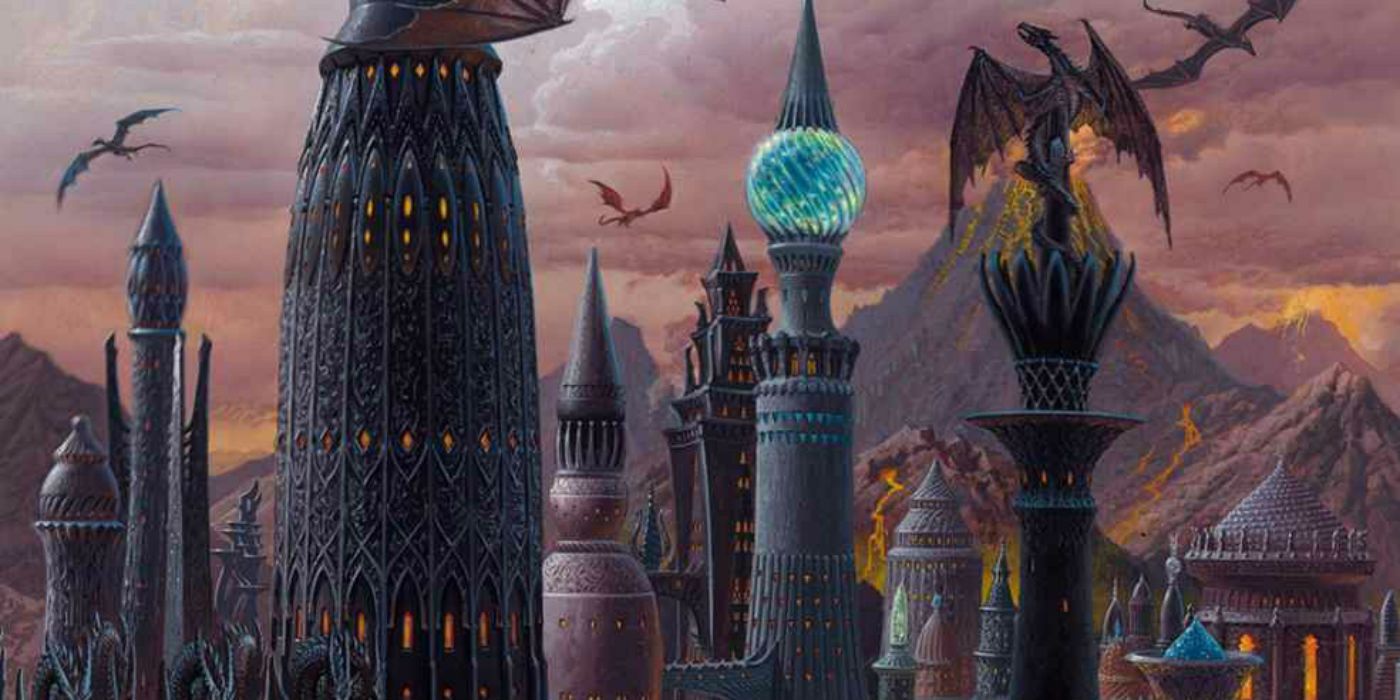
The Valyrian Freehold had multiple noble dragon-riding families. These ancient Dragonlords were sorcerers who used spells and horns to control their dragons. It's unclear how these people originally discovered or subdued the dragons, but their efforts succeeded, making them the most powerful individuals in the known world.
Dragons were the main reason for the Freehold's might and, according to some sources, their eventual decline. Valyrian Dragonlords used a combination of Dragonfire and magic to shape the stone into different shapes; one of the most prominent surviving examples of Valyrian architecture is Dragonstone.
Dragons Are Temperamental
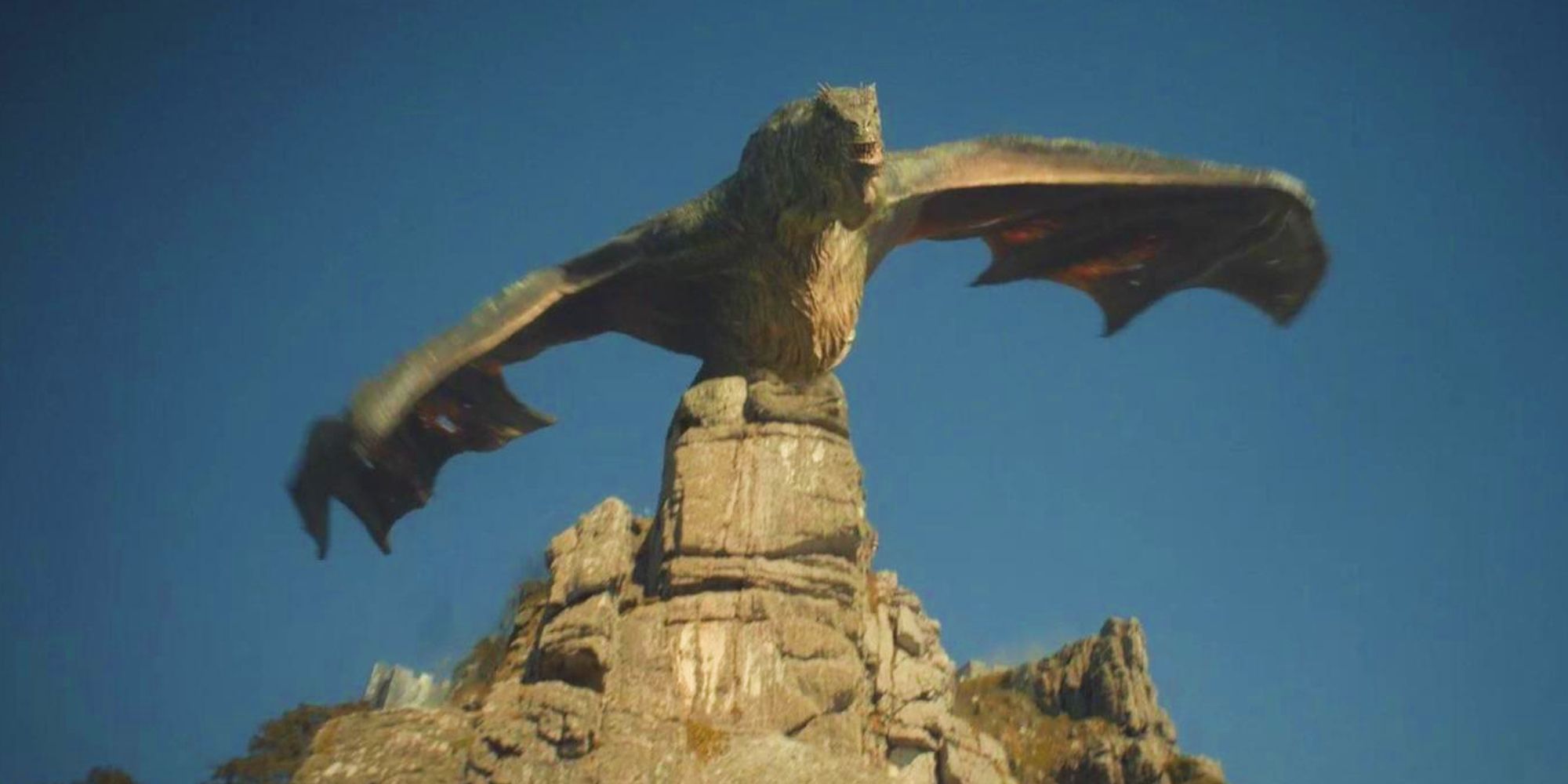
Game of Thrones briefly touched upon a dragon's changing temper with the unyielding Drogon. However, neither it nor House of the Dragon has fully explored the capricious nature of these draconic beasts.
Because of their tempers, riders must be careful when dealing with their dragons, even after bonding with them. Dragons are intelligent -- some Maesters believe they have above-human intelligence -- but can also be mercurial and defiant. Similarly, Dragonriders must teach their dragons to govern their savage ways, as their first instinct is always to attack.
Dragons Bond With One Rider At A Time
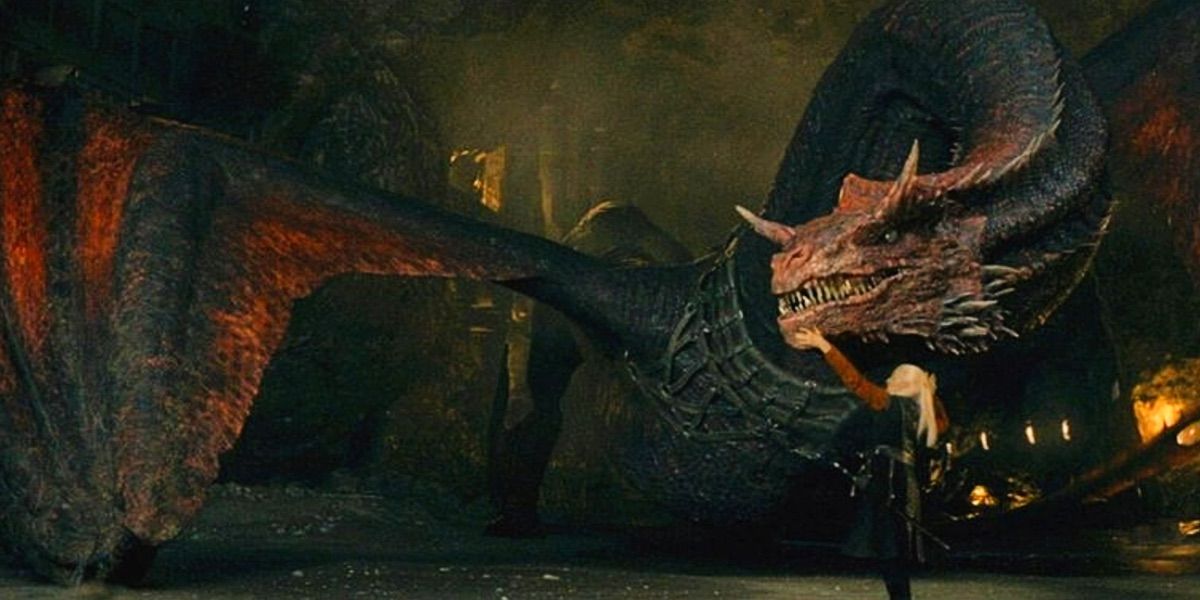
Dragons will bond with one rider at a time and stay loyal throughout the person's life. This means no other person can ride the dragon for as long as the Dragonrider lives. However, dragons will allow others on their backs as long as their Dragonrider is present.
This detail presents a potential plot hole concerning Laenor Velaryon's dragon, Seasmoke. The dragon bonds with another rider after Laenor's death in the book; however, the show's version of Laenor is alive, making it unclear if Seasmoke will indeed get another rider. It is also unclear if dragons sense their rider's death through magical means; if they do, Seasmoke shouldn't allow anyone else to claim him.
No Dragonrider Rides Two Dragons
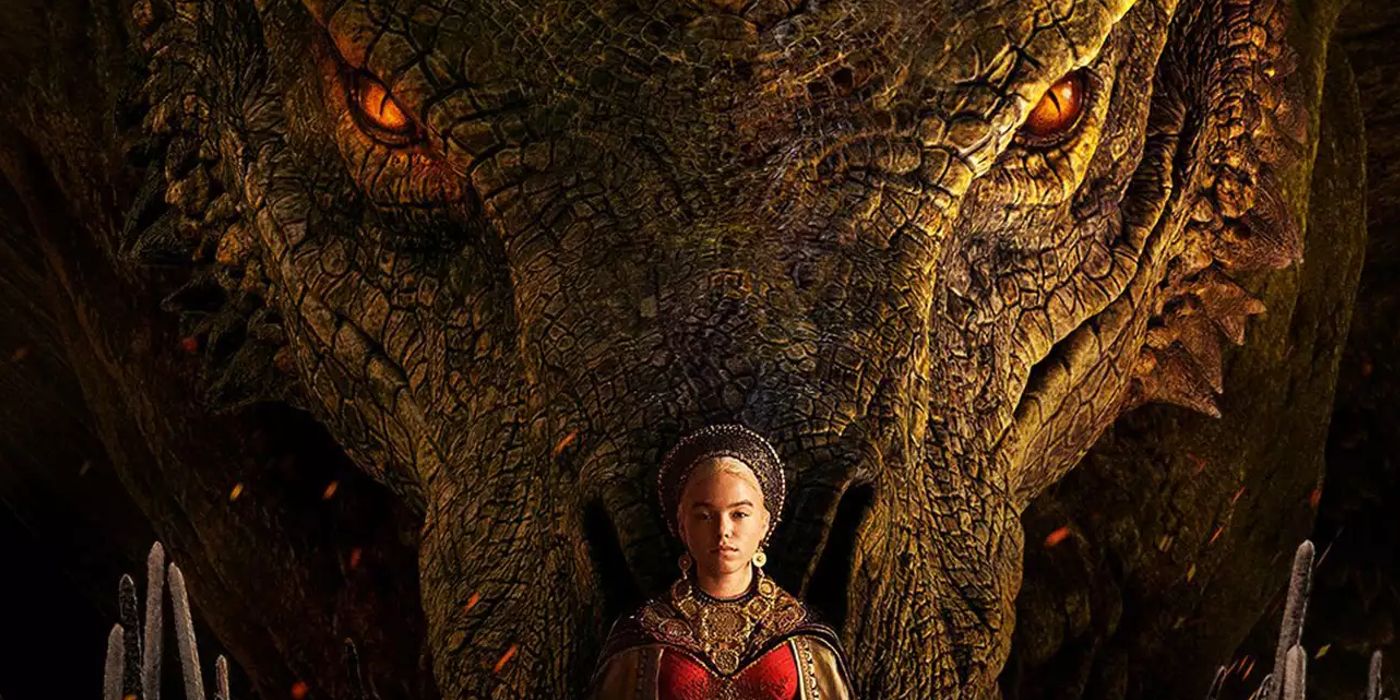
King Viserys I rode Balerion, the Black Dread, the largest dragon in the franchise. When Balerion died, Viserys chose not to claim another dragon, although he could've. Nothing prevents a Dragonrider from claiming a second dragon if their first dies, but no one in the A Song of Ice and Fire saga did it.
Although Viserys' choice likely came from a place of loyalty for Balerion, and the knowledge that no dragon would ever compare, other Dragonriders expressed interest in claiming a new mount after their original died. For example, in the books, Rhaenyra and Aegon II wanted to claim new mounts following Syrax and Sunfyre's deaths.
Dragons Can "Improve" Their Rider's Health
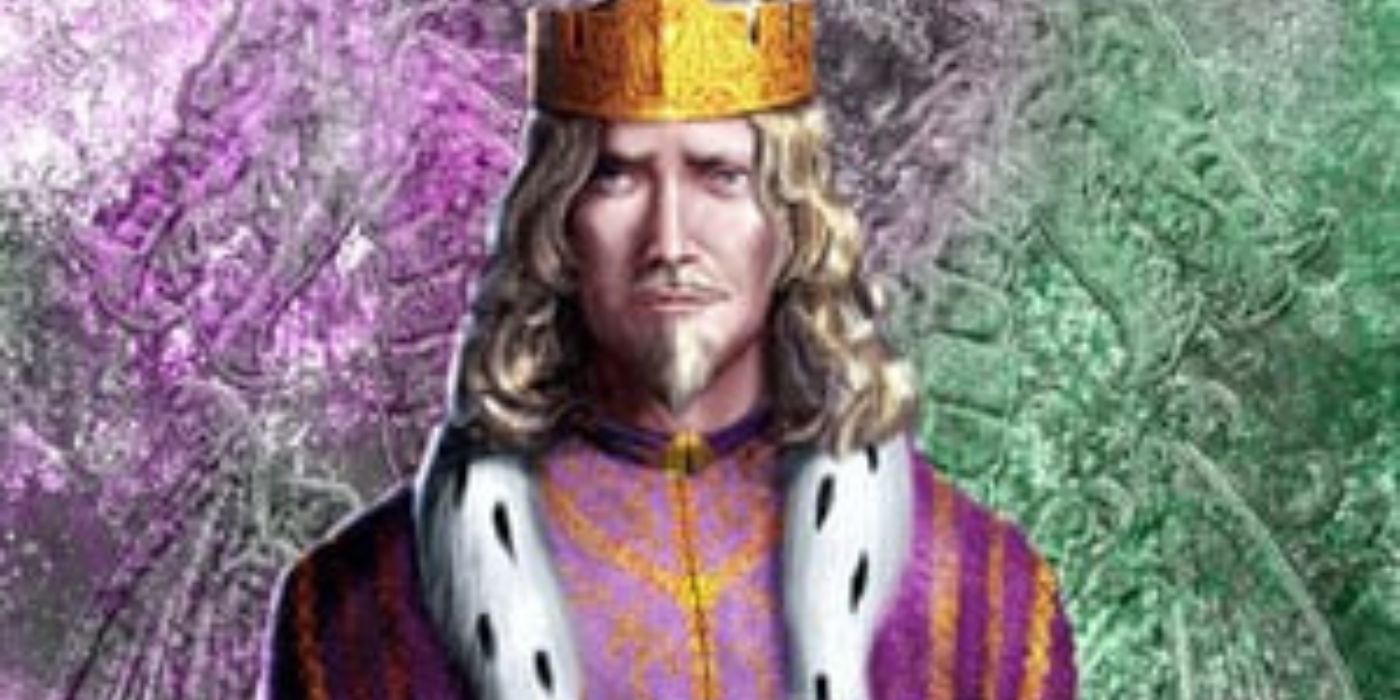
The sickly Aenys I Targaryen had a difficult childhood. He was small and frail, crying all the time and demanding to only be nursed by his mother, Queen Rhaenys. His health deteriorated further following Rhaenys' death when he was three. He regressed to a baby-like state, crawling on all fours and finding it difficult to speak. However, things changed once he bonded with his dragon, Quicksilver.
Many attributed his improved health to the bond he shared with his dragon. Maester Gyldayn went so far as to claim that "as the dragon grew, so too did Aenys." There's a possibility that dragons have a positive influence on their rider's health, perhaps as a result of increased confidence. It's also likely that their bond is supernatural, meaning the dragon's health passes over to the rider.
Daenerys Could Potentially Control All Her Dragons
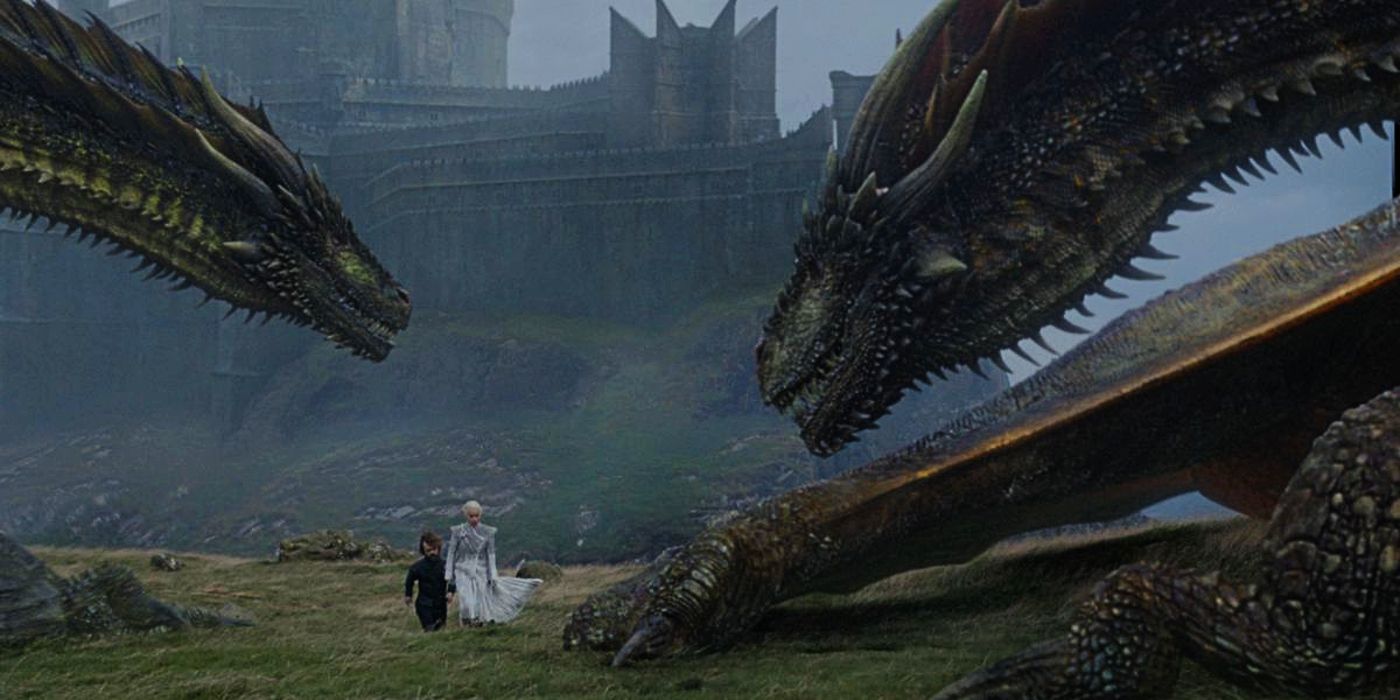
Although the rule is one dragon per Dragonrider, Daenerys Targaryen has a special bond with her children. Because Drogon, Viserion, and Rhaegal had unconventional hatchings, the three seem to share a bond of sorts with Dany, even if she only rides Drogon.
It's unlikely that Daenerys could've ridden Viserion or Rhaegal, and she seems to understand this, explaining why she never tries; however, it seems possible that she could command all three. In the House of the Undying, Dany says, "Dracarys," and the three dragons obey. It's also possible that Viserion and Rhaegal obey Drogon, and thus, Daenerys by proxy; during the iconic but somewhat upsetting "Battle of the Bastards" episode, Rhaegal and Viserion attack Dany's enemies without her command, although they could've been responding to Drogon's call.
Dragons With Previous Riders Are Easier To Tame
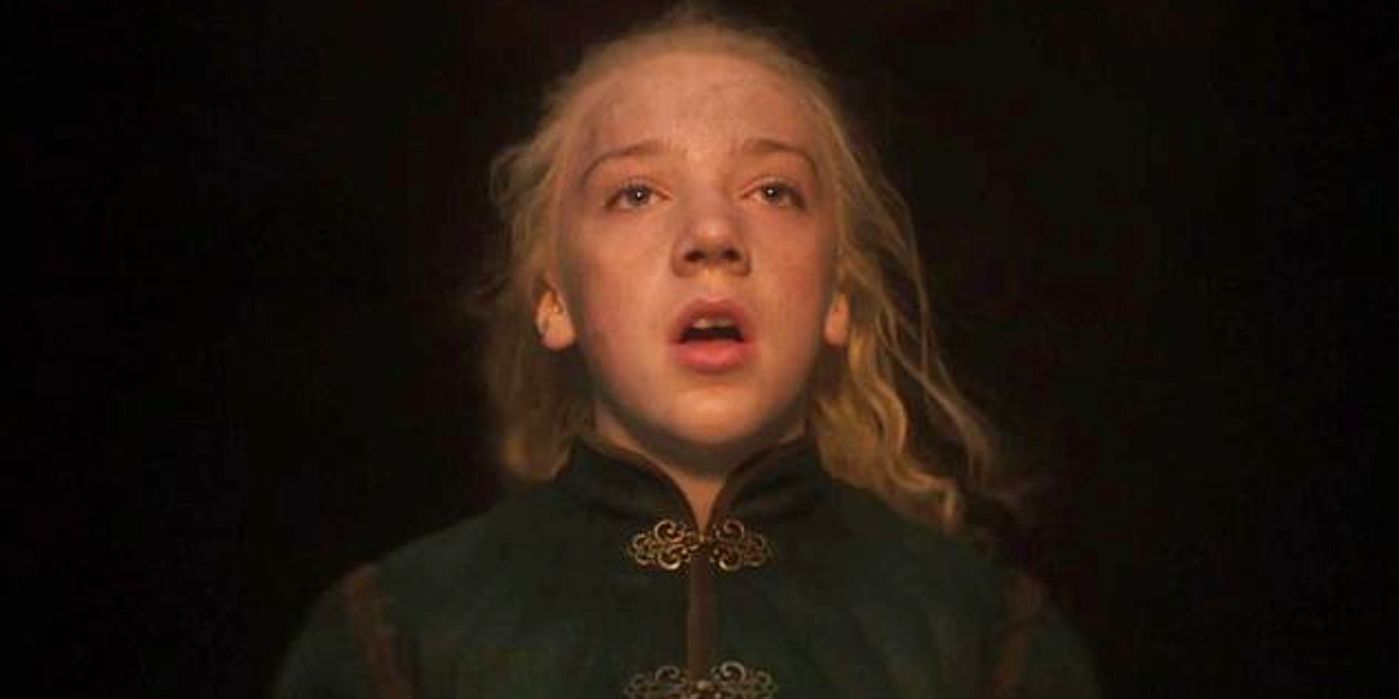
Book readers know that Aemond Targaryen is one of the most cunning characters in the Dance of the Dragons. Even as a child, he exhibits remarkable courage and wit, as evidenced by the thrilling scene in which he claims Vhagar.
Despite her size and strength, Vhagar might've been easier to tame because she's had several riders before. Wild dragons are the hardest to claim, as they are at their most violent and react violently when approached, however, a dragon whose previous rider died will already be used to a human's commands and thus be more receptive to their presence.
Dragons Sense Their Riders Distress
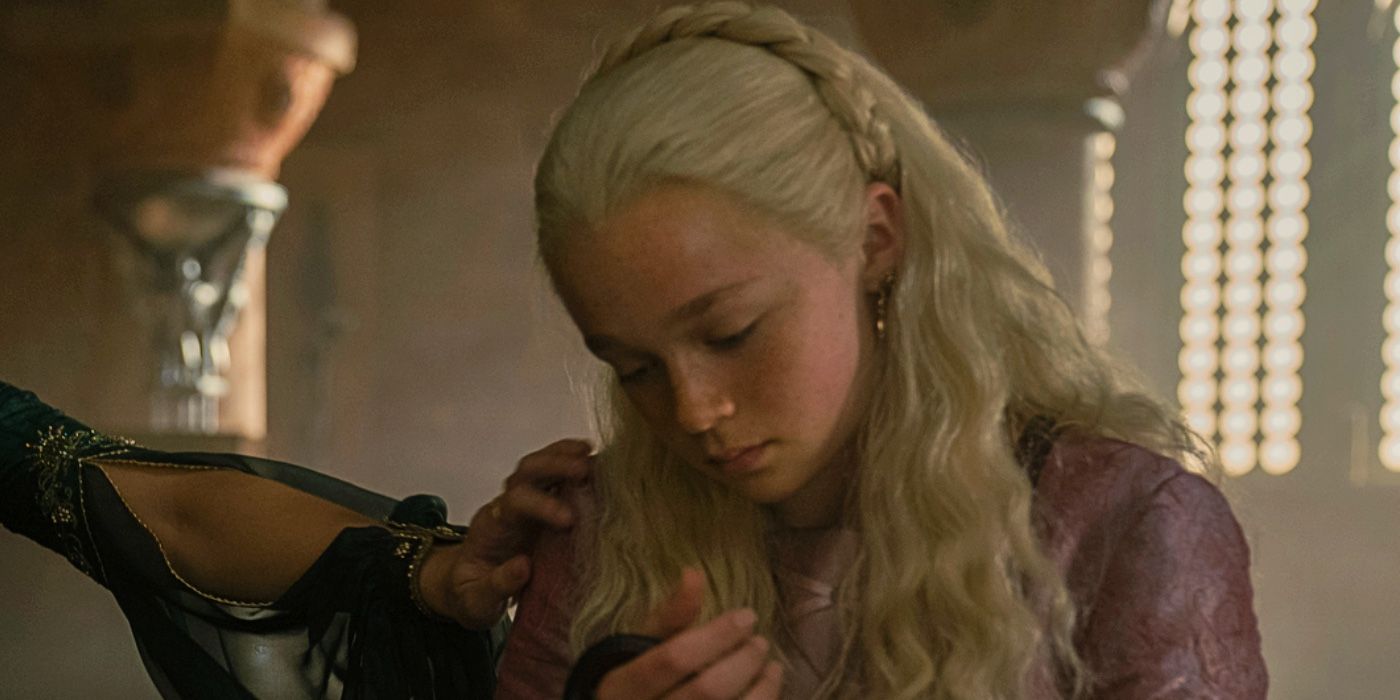
The bond between dragons and their riders is so powerful that they feel each other's pain. Queen Helaena's dragon, Dreamfyre, supposedly sensed her death after she threw herself from Maegor's Holdfast despite being across the city, locked within the Dragonpit. Similarly, Drogon sensed Daenerys was in danger while at the pits of Mereen and arrived in time to save her.
Neither the show nor the books outright say dragons share a bond of empathy with their riders. However, they provide enough hints to conclude such a connection exists, at least from the dragon's side. Humans do not seem to share the same ability, though.
Valyrian Blood Does Not Ensure Dragons Will Obey
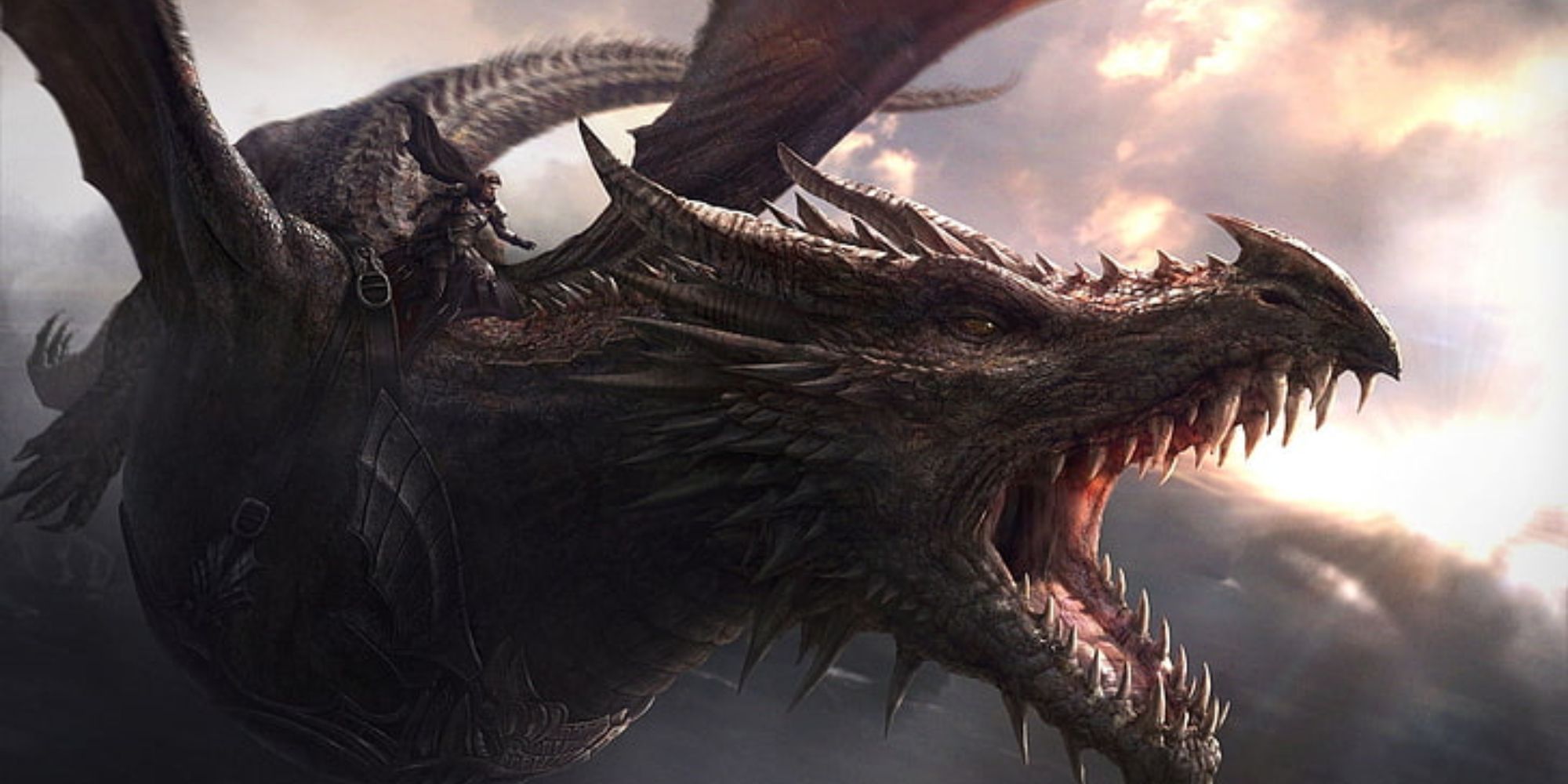
Common sense dictates that only those with Valyrian blood or ancestry can control dragons. However, Valyrian blood does not ensure a dragon will obey; as Maester Gyldayn wisely points out that dragons are not horses to be saddled and mounted by anyone.
Targaryens can ride dragons, but Velaryons can't. It's unclear how this works, and the show, and to some extent, the books make it seem like Targaryens are unique. However, the answer is more complicated, dating back to Valyria and the presumed blood magic that went into Dragonlords' first attempts to subdue dragons. Diluted Targaryen blood doesn't seem to work either, as Quentin Martell tries to claim a dragon based on his distant Targaryen ancestry, only to die under the creature's fiery breath.
There Are 38 Known Dragonriders
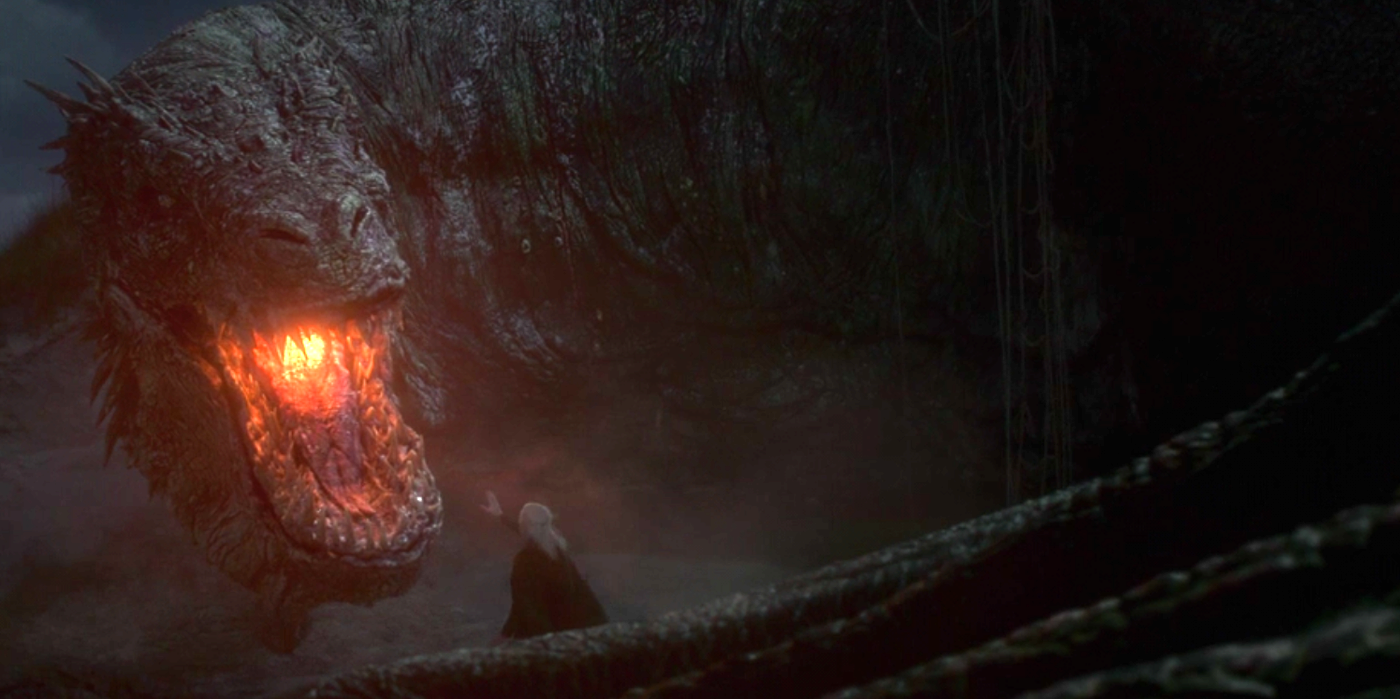
The numerous works in the Song of Ice and Fire saga mention 38 Dragonriders, most from Houses Targaryen or Velaryon with Targaryen blood. Every king before the Dance of the Dragons was a Dragonrider, as were most of their children. Several bastards also claimed a dragon after being called upon by Prince Jacaerys Velaryon during the Dance of the Dragons.
Thirty-seven of these Dragonriders lived centuries before the events of A Song of Ice and Fire; Daenerys is the first Dragonrider in over a century. Only two of the thirty-eight, Arlon and Jaenara Belaerys, are non-Targaryen or Velaryon, and they both lived in Old Valyria.
Source:gamerant.com
